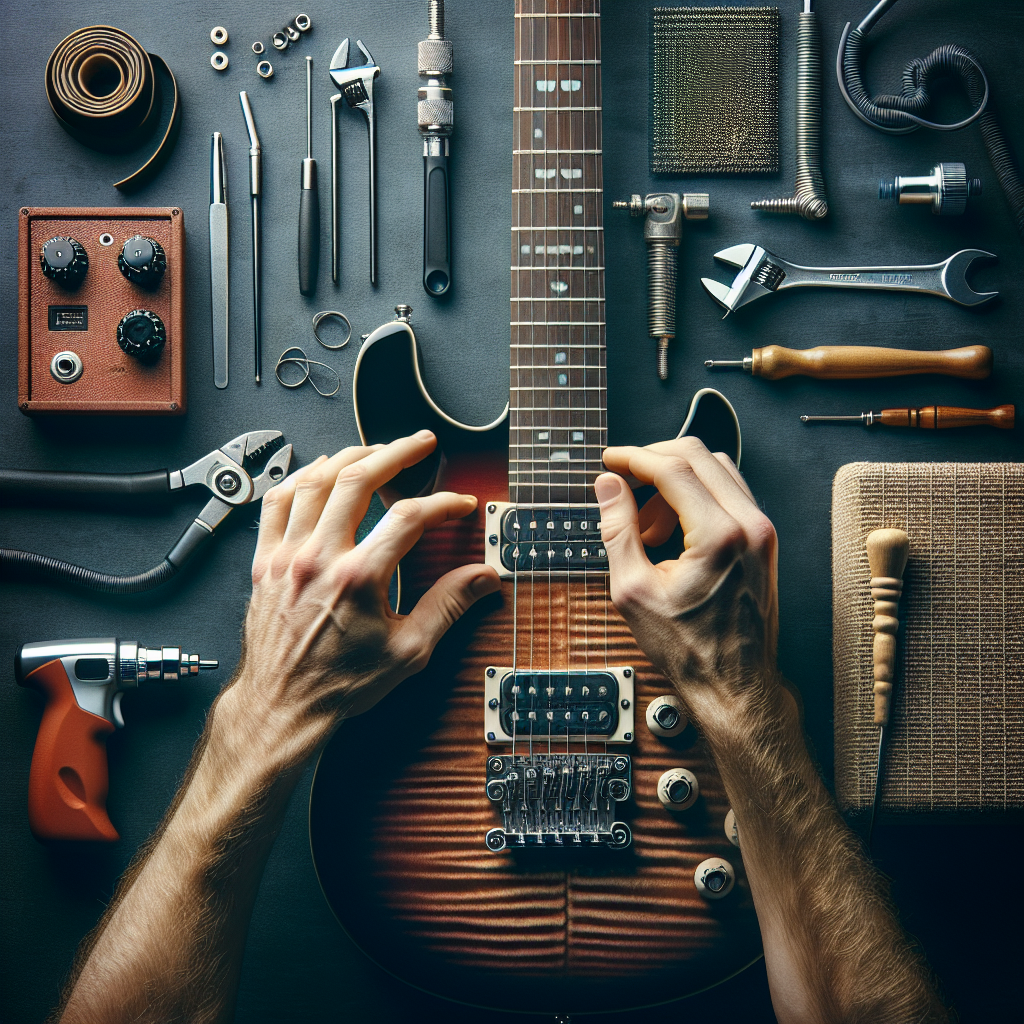
Achieve a Timeless Sound: 7 Steps to Get Vintage Tone with Modern Gear
As more guitarists and music enthusiasts yearn for the rich, warm sound reminiscent of the past, the quest for a vintage tone with modern equipment becomes a topic of great intrigue. With the right knowledge and tools, achieving this timeless sound with today’s technology is easier than you might think. This guide will illuminate the steps to achieving that coveted vintage tone with modern gear, delivering a sound that harks back to the days of analog magic.
1. Understanding Vintage Tone
Before delving into the technical aspects, it’s vital to understand what comprises a vintage tone. Vintage tones are characterized by warmth, a certain rawness, and a fullness that is both organic and unrefined. These tones often come from tube amplifiers, analog equipment, and particular wood properties in guitars. Recognizing these elements helps in choosing modern equipment that can emulate these traits.
2. Choose the Right Guitar
The quintessential vintage sound often begins with the guitar itself. Opt for instruments that mirror the specifications of vintage models. Guitars made from mahogany or alder can contribute to a warm tone, while single-coil pickups are great for replicating the crisp and clear sounds associated with vintage music. Brands that produce reissues of vintage models, such as Fender and Gibson, might be a good start.
3. Utilize Tube Amplifiers
One of the most impactful components in achieving a vintage tone is the amplifier. Tube amplifiers are essential for recreating that warm, dynamic sound. They naturally produce a creamy, overdriven tone at high volumes – a hallmark of vintage sound. If you don’t own a tube amplifier, digital amplifiers with accurate analog modeling can be a more accessible alternative. Look for those that specifically mention vintage tone emulation in their features.
4. Use Analog Pedals
Analog effects pedals are crucial in shaping your sound. Think about adding a vintage overdrive, spring reverb, and analog delay to your setup. These will provide the warmth, depth, and expansion needed for an authentic vintage style. However, if your budget or portability requires it, digital multi-effects units that simulate analog sounds can serve as a decent compromise.
5. Experiment with EQ Settings
Proper equalization can bridge the gap between modern gear and vintage sound. Start with mid-range frequencies, boosting or cutting as needed to mimic the boxy and warm characteristics typical of vintage recordings. Treble settings should be moderated to avoid excessive brightness while enhancing lower frequencies to add that rich vintage warmth.
6. External Resources and Adjustments
Consider exploring online tutorials or forums dedicated to vintage tone enthusiasts. Websites like Premier Guitar frequently publish articles and guides on achieving various tonal qualities using contemporary equipment. Gaining insights from experts who have experience in emulating vintage sounds can be invaluable.
6.1 Integrating Vintage Techniques
Beyond gear, techniques play a pivotal role. Try playing with your fingers instead of a pick to get a more mellow tone or adjusting your playing dynamics to mimic the style of vintage guitarists. Small changes in how you play can lead to significant improvements in emulating that vintage sound.
7. FAQs on Achieving Vintage Tone
Analog pedals use actual circuit components to shape the sound, providing a warmer and more natural tone. In contrast, digital pedals use algorithms to replicate effects, which can sometimes sound more artificial but are more versatile.
Yes, while tube amps are preferred, many modern digital amps offer excellent vintage amp modeling. Carefully reading reviews and ensuring the amp includes this feature is essential.
Very important. The guitar you choose sets the foundation for your sound. Utilizing a guitar with specifications similar to vintage models can substantially influence the tone.
Yes, many multi-effects processors offer detailed vintage tone presets. The key is to experiment and adjust settings to find the right balance that suits your preference.
Replacing modern pickups with vintage-style ones can help in achieving the desired sound. Pickups like those with Alnico magnets tend to produce a warmer tone.
Yes, focusing on playing techniques used during the vintage era, such as bending strings and using vibrato generously, can enhance the period-correct feeling of the music.
Conclusion: Your Journey to Vintage Tone
Achieving a vintage tone with modern gear may require a bit of tweaking and tuning, but it is entirely possible. Understanding the essence of what makes vintage sounds so compelling, using appropriate gear, and employing the right techniques can help you achieve this warm and classic tone. Keep experimenting, learning, and listening, as this journey can be highly rewarding both for your personal growth as a musician and for the enjoyment of your listeners. Remember, in music, the journey is often as meaningful as the destination itself.